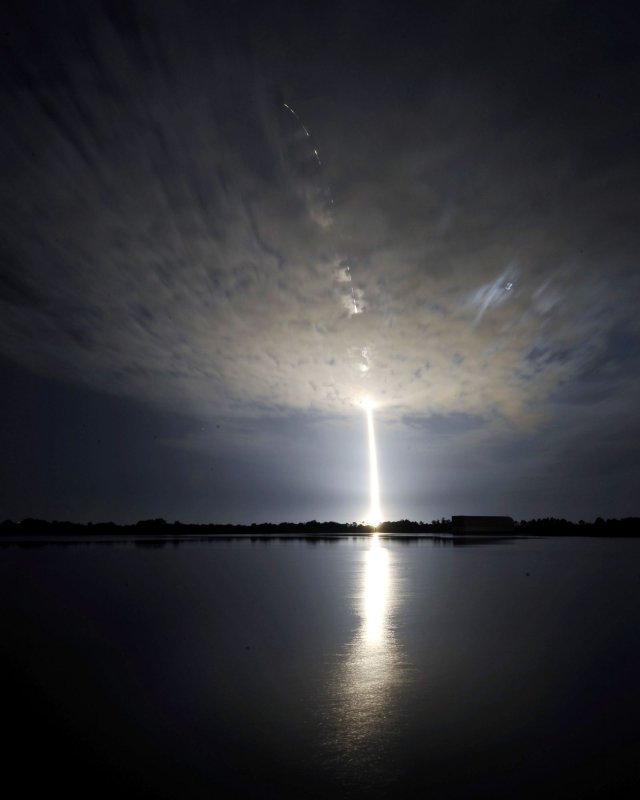SALT LAKE CITY, Feb. 15 (UPI) -- Satellites can give warnings ahead of outbreaks of deadly hantavirus by recording surges in vegetation that increase mouse populations, U.S. researchers say.
"It's a way to remotely track a disease without having to go out and trap animals all the time," said Denise Dearing, professor of biology at the University of Utah. "The satellite measures the greenness of the Earth, and we found that greenness predicts deer mouse population density."















